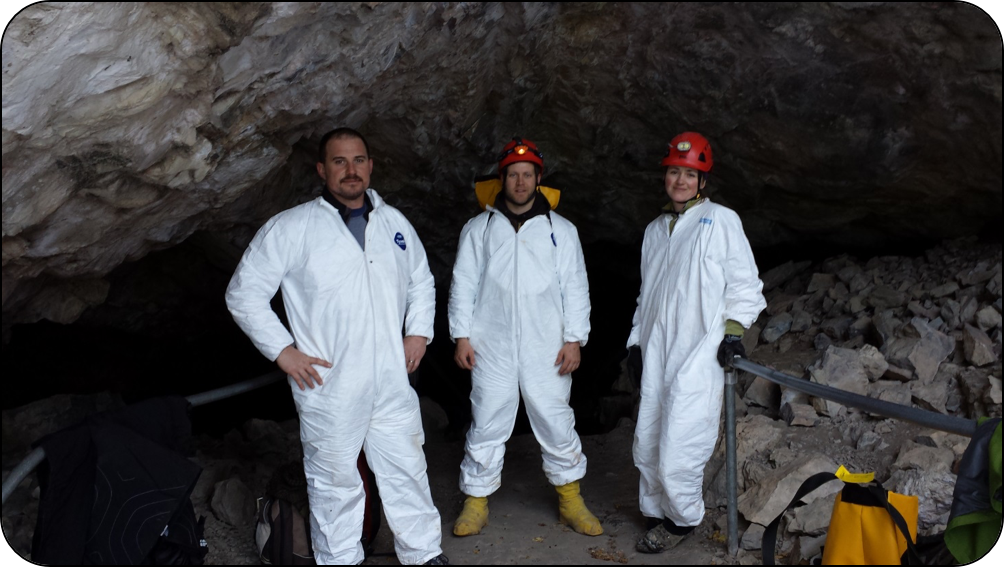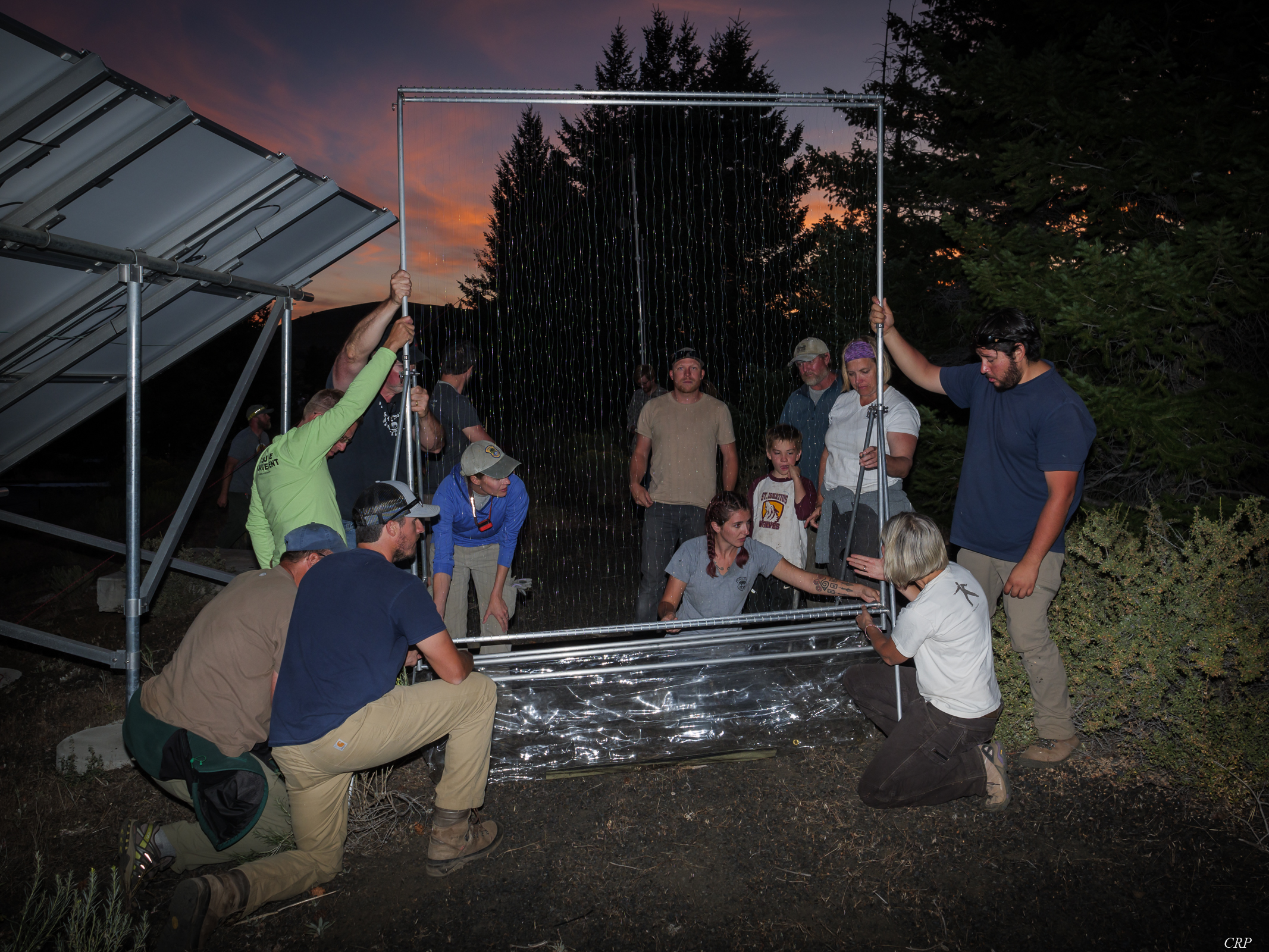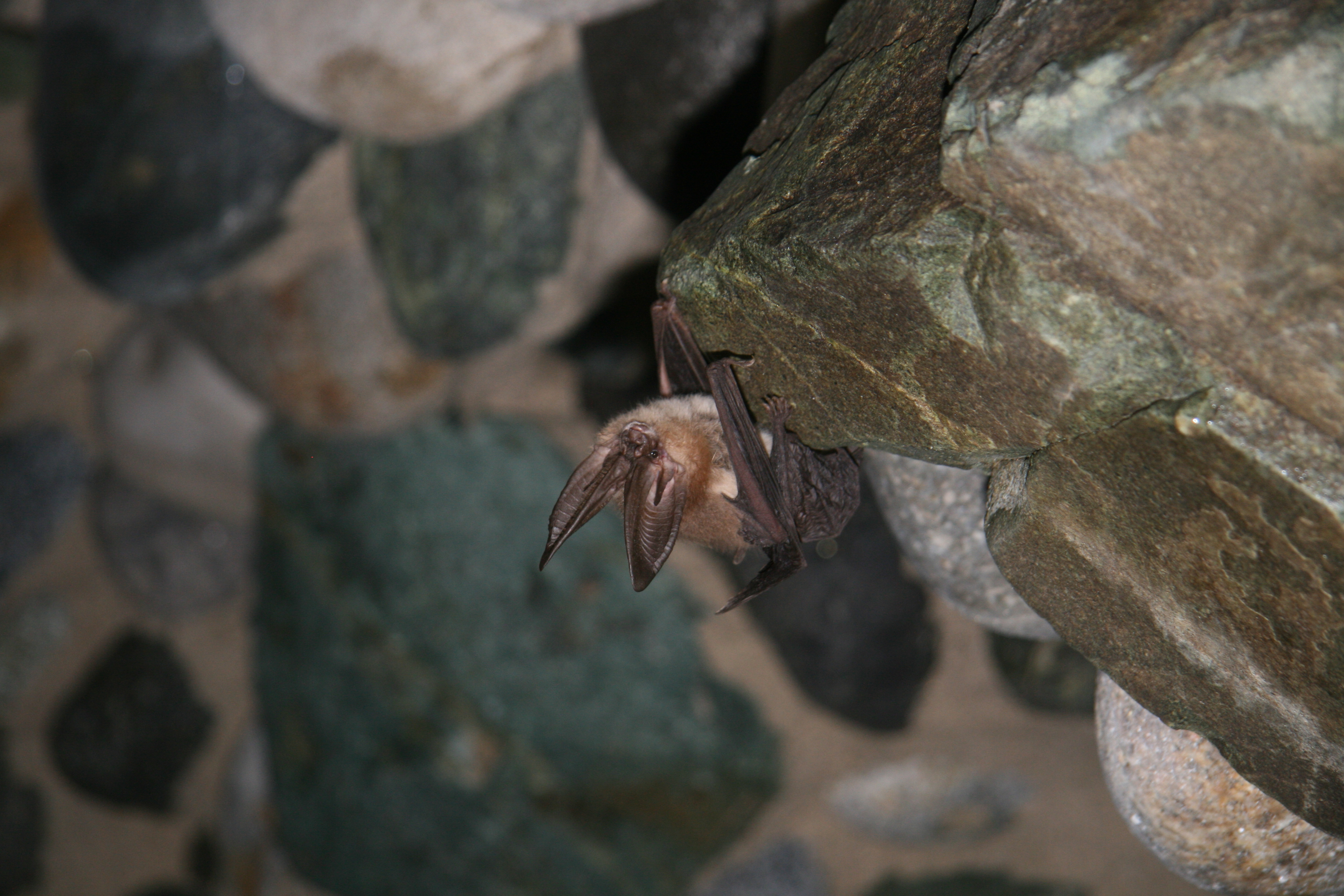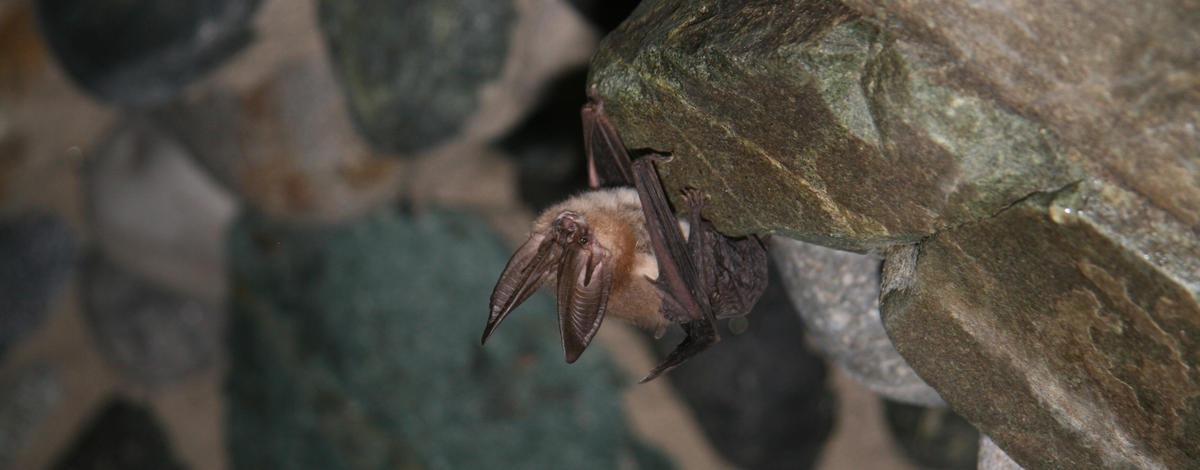Bat Week (October 24-31, 2020) is an international, annual celebration designed to raise awareness about the need for bat conservation. Bats are amazing creatures that are vital to the health of our natural world and economy. Although we may not always see them, bats are hard at work all around the world each night—eating tons of insects, pollinating flowers, and spreading seeds that grow new plants and trees.
In Idaho, all of our 14 bat species are insectivorous, saving farmers millions of dollars on pest control every year. In addition, bats can suppress forest insect pests, which benefits the economics of the forest industry. Bats also contribute to human health by eating insects that cause diseases such as West Nile Virus.
We team with multiple agencies, groups, and citizen scientists to monitor Idaho's bat populations using acoustic surveys, summer roost counts, and winter hibernacula. We also conduct surveillance for White-nose Syndrome, a disease that has not been detected in Idaho but found in 35 states.
North American Bat Monitoring Program in Idaho
Bats figure prominently in the work of Idaho Fish and Game. This year, for example, we partnered with the Northwest Bat Hub and state and federal agency partners and citizen scientists across Idaho to expand our efforts to implement the North American Bat Monitoring Program (NABat).
Identified as a conservation need in the Idaho State Wildlife Action Plan, we have been implementing NABat since 2015, which includes gathering data through acoustic surveys, summer roost counts, and winter hibernacula surveys. These data are used to assess changes in bat populations at local, regional, and rangewide scales.

White-nose Syndrome Surveillance
Fish and Game is also part of the White-Nose Syndrome Response Team, which includes more than 100 federal, state, and provincial agencies; tribes; universities; and nongovernmental organizations across North America—who together form a united front against this unprecedented threat to bats.
Caused by the cold-loving fungus Pseudogymnoascus destructans (Pd), white-nose syndrome (WNS) is a deadly disease that affects North American bats. Pd alters the bat’s hibernating behavior, physiology, and immune function, which can result in increased frequency of arousals from hibernation and cause mortality by depleting critical fat reserves bats need to survive the winter.
Although not yet detected in Idaho, bats with WNS have been confirmed in 35 states and 7 Canadian provinces; there is also evidence that the fungus that causes WNS is present in four additional states (California, Mississippi, Montana, Wyoming).
As part of our state effort, we coordinate with partners to conduct both active and passive surveillance and send samples to the USGS National Wildlife Health Center for diagnostics.

Idaho Bat Working Group Training Events
Idaho Fish and Game also serves as the coordinating body for the Idaho Bat Working Group, which includes state and federal agencies, tribes, nongovernmental organizations, citizen scientists, and anyone interested in bats.
To increase the capacity for bat work in the state, we lead training events to provide both our own staff and partners the skills they need to do everything from identifying bat species to mist netting and handling, remote camera work, and acoustic monitoring.

These unique mammals are vital to the health of our state through pest control, nutrient transfer in natural ecosystems, and to our own health. Next time you see one flying by you at night, or resting somewhere, be thankful to have them around!
Learn More


